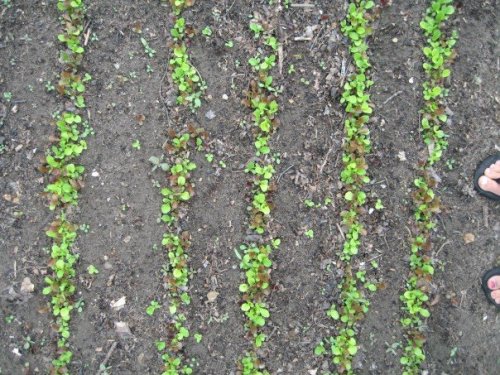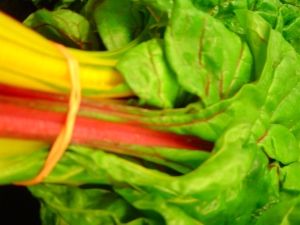We keep swallowing up this land–where do we think our food is going to come from? –The Real Dirt on Farmer John

Posted by blanchak.
Part of my celebration/participation in the Eat Local Challenge for August (and let’s face it, this entire summer season of abundance) has been to finally watch all of those food-and-farm-ish documentaries that I heretofore have just pretended to have seen. Take One: King Corn (watch it) Take Two: The Real Dirt on Farmer John (definitely watch it). Any movie about food or farming that I watch now makes me cry. Not love stories, birth stories, death stories. Farms. Food. The devastating reality that we are unravelling a large thread of the very fabric of our humanity–but what an inadequate metaphor. You can’t put a metaphor around the fact that we are losing the knowledge of how to feed ourselves, our neighbors, our community, our children! No just the bucolic wonder of picking fruit from living trees and digging potatoes out of the equally vital dirt–but the essential understanding of what dirt even is, what soil means us, for our survival. Kids should be pledging allegiance to the soil of the United States of America, and to the Republic, for which it stands, one nation atop the holy humus. If I have nightmares, they include this apocalyptic saga: we continue down past peak oil, we’ve destroyed precious ecosystems and the climate in the process, fertilizer becomes a thing of the past, and then we’re left with ravaged lands, barren lands without an iota of organic matter or a speck of any micronutrient. I don’t think the entire Midwest can lay fallow while we wait for the topsoil to rebuild. This is where that resolve comes in: we must grow food. I must grow food. Not just because of nightmare disaster sequences, but because I always want to leave people better fed than when I meet them, and the soil too.
All that said, do see Farmer John if you haven’t already–it’s a delightful and inspiring story of farm rehabilitation as is happening and needs to continue to happen everywhere in rural and urban America.


 by Patrick at
by Patrick at  Posted by Patrick at
Posted by Patrick at  posted by Patrick at
posted by Patrick at  Posted by snappeasinapod.
Posted by snappeasinapod.